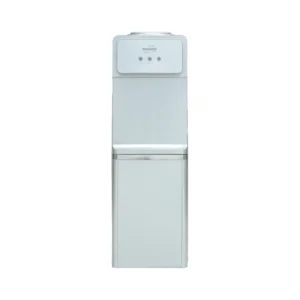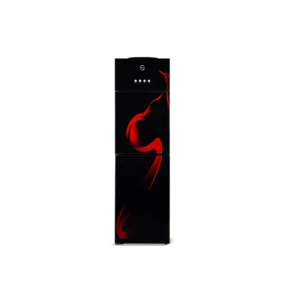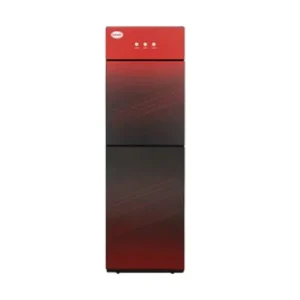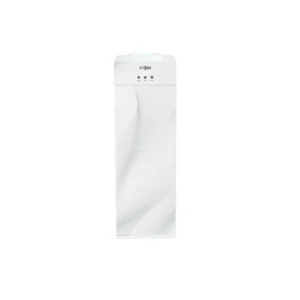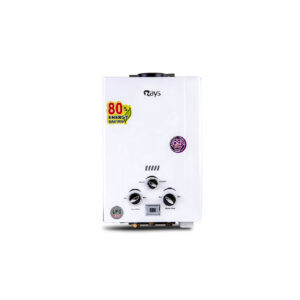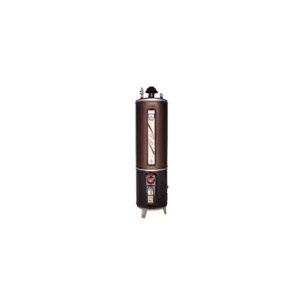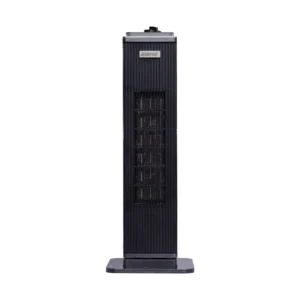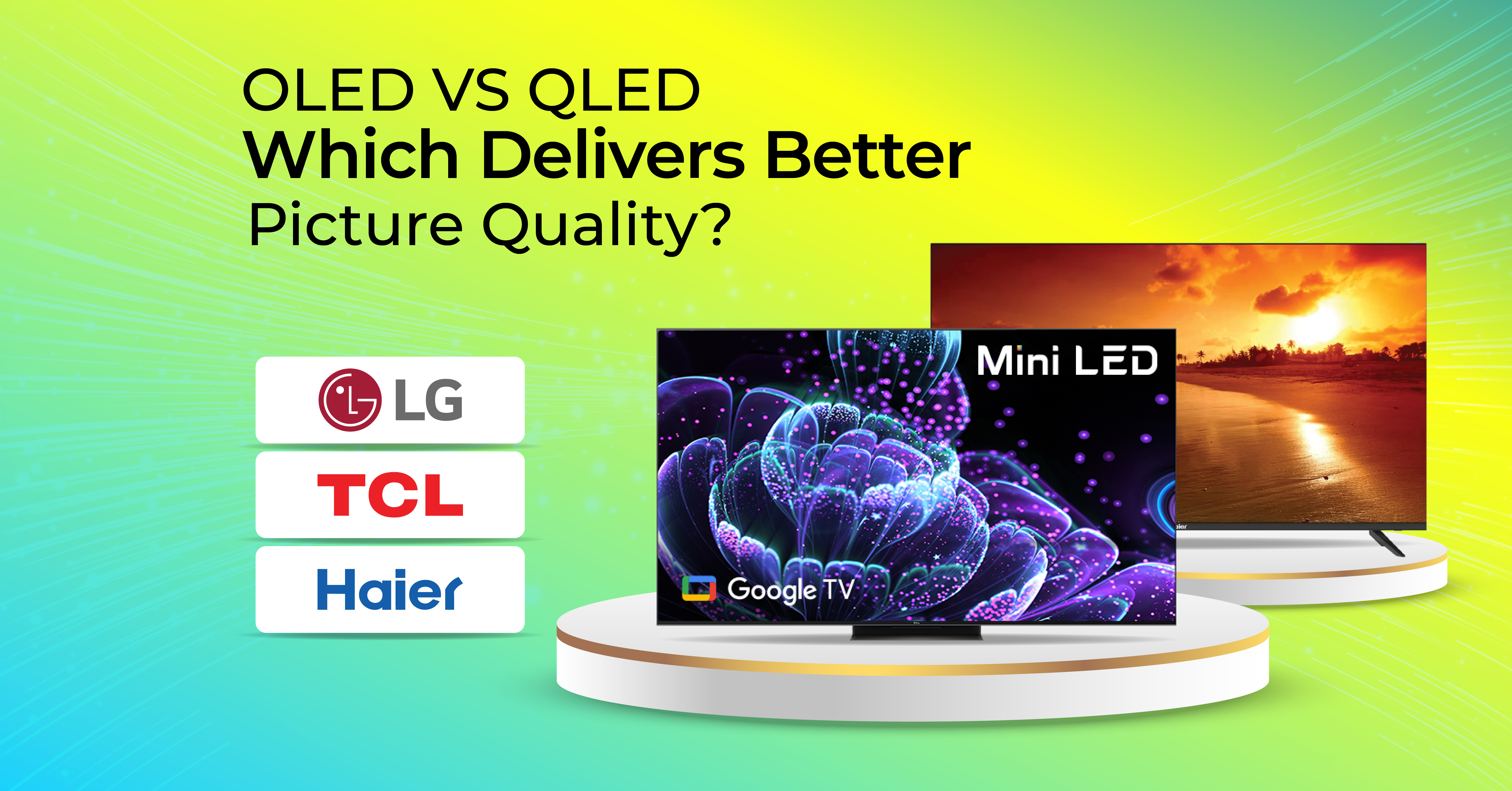QLED TV and OLED TV, you have probably heard of these terms when talking about the best TVs. These technologies have revolutionized the way we used to experience visual entertainment, offering breath-taking clarity, vibrant colors, and an immersive viewing experience. Though they are based on the same LED technology, OLED (Organic Light Emitting Diode) and QLED (Quantum Dot Light Emitting Diode) boast different features and advantages that cater to different environments and viewing preferences.
While the OLED TV is famous for its deeper blacks and better contrasts, QLED TV offers exceptional brightness and color volume, which makes it more difficult to choose the right one. In this blog, we will discuss their distinct qualities and drawbacks to help you make an informed decision on which one suits your needs.
What is OLED?
OLED stands for Organic Light Emitting Diode. This is a technology that has revolutionized the modern-day screen industry by using organic materials to emit light. Although the LED in the OLED means ‘Light Emitting Diode’ the technology is very different. While the LED displays use backlight to illuminate the screen, the OLED displays are composed of individual pixels that emit their own light whenever electricity passes through them. The pixels include red, green, and blue color filters, allowing OLED displays to produce accurate colors across the screen.
There are several advantages to this technology, but the most liked thing about this display is the deep blacks achieved by OLED TVs. It is achieved by completely turning off the pixels completely, emitting no colors and no lights, making the black much richer and crisper.
What is QLED?
Much different from the OLED, the QLED or Quantum Dot Light Emitting Diode is another popular term used in modern display technology. This type of display uses tiny nanoparticles called quantum dots to supercharge its colors. This quantum dot layer lies between the layer of backlight and the pixels. Each dot in the QLED is of different size, each corresponding to a different color.
The QLED is built on the foundation of traditional LED and just like the traditional LED displays, QLED also uses backlight to illuminate the pixels on the screen. It is popular among the users for producing vibrant true to life colors and exceptional brightness.
Now that you know the basic difference between these two technologies, let’s compare their picture quality to further help you pick the right one for your home theater.
OLED TV vs QLED TV
When it comes to picture quality, both the QLED TV and OLED TV have their distinct advantages, making the choice mainly dependent on personal preferences and using environment. However, we can help you pick the right one for you by comparing different features that define their unique characteristics. So, let’s dive in.
Contrast and Black Levels
For those who prefer deeper blacks and better contrasts, OLED TV is the best option. OLED is considered the king of contrast and black levels. Thanks to its self-illuminating pixels that turn off each individual pixel, it can achieve deeper black levels and contrast.
In QLED TV, on the other hand, they utilize backlighting to illuminate the screen, which leads the black levels to look elevated and end up having a grayish or blueish tint to them. This results in a more washed out and flat look when watching TV in the dark.
Comparing Brightness Levels
Brightness level is one of the crucial factors when determining picture quality. When it comes to brightness, QLED TV has the crown. Due to its quantum dot technology and backlighting, QLED TV achieves better brightness as compared to OLED TV. This makes the QLED TV well-suited for well-lit environments, where its higher brightness eliminates any glare and reflections and ensures a vivid and clear image.
On the other hand, while an OLED TV can deliver excellent brightness, it still can’t reach the same peak brightness as the QLED TV. However, the self-emissive pixels in the OLED TV provide better control over individual pixels, resulting in better performance in dark environments. These precise controls over OLEDs produce deeper blacks and better contrast, enhancing the viewing experience in dim-lit environments.
Color Accuracy
Color accuracy is yet another important consideration when purchasing a TV. Both OLED and QLED excel in this category, but they achieve it in different ways. As discussed before, in OLED displays each pixel emits its own light and has precise control over the brightness and color. This results in true-to-life colors and higher color volume, making OLED TVs the most popular choice among those who prioritize natural images. Moreover, its ability to produce deeper black and better contrast makes color appear more vibrant.
On the other hand, the quantum dot technology in the QLED TVs enables them to enhance color accuracy and brightness. This technology allows the display to achieve a broader color spectrum and maintain color accuracy even in the most well-lit environment. This results in more vivid looking and brighter colors that remain consistent among different lighting environments.
Viewing Angles
Due to their individual pixel lighting, OLED TVs maintain their color contrast, color accuracy and consistent brightness regardless of viewing angle. Whether you are directly sitting to the front of your television or off to the side, its image quality remains largely the same, making it an ideal for living rooms or setups where people watch TV from different angles.
However, we cannot say the same for QLED TVs. The LED backlight with the LCD panel in the QLED displays can cause the color and contrast to shift when viewed from a different angle. Recent improvements in this technology have mitigated this gap, however, they still can’t achieve the near-perfect viewing angle provided by the OLEDs.
Burn-in and Lifespan
Burn-in occurs when you leave a static image on the screen for an extended period of time. Though both the OLED and QLED displays aren’t protected when it comes to burn-in, the organic materials in the OLED TVs tend to be affected more often. However, the recent advancements in this technology have mitigated the risk, such as pixel refreshers, pixel shift modes, and logo dimmers.
QLEDs, on the other hand, have a lower risk of burn-in, all thanks to its inorganic LED backlighting that doesn’t deteriorate the same way as the OLED panels. This makes QLED TVs more durable with a prolonged lifespan than the OLED panels.
Final Words
When choosing between OLED and QLED, the decision solely depends on specific needs and preferences. Both of these technologies offer exceptional picture quality, but they excel in different areas. Now that you know the pros and cons of each of them, it is easier for you to decide which one will suit your needs.
If you are planning to get your next TV, then you must consider visiting AL Fatah Electronics. Here at Al Fatah Electronics, we have a wide collection of OLEDs and QLED TVs from various brands that you can purchase at the best rates in the market. Moreover, you can shop online at www.alfatah.com.pk. So, don’t wait and visit your nearest Al Fatah Electronics or shop from our website.


